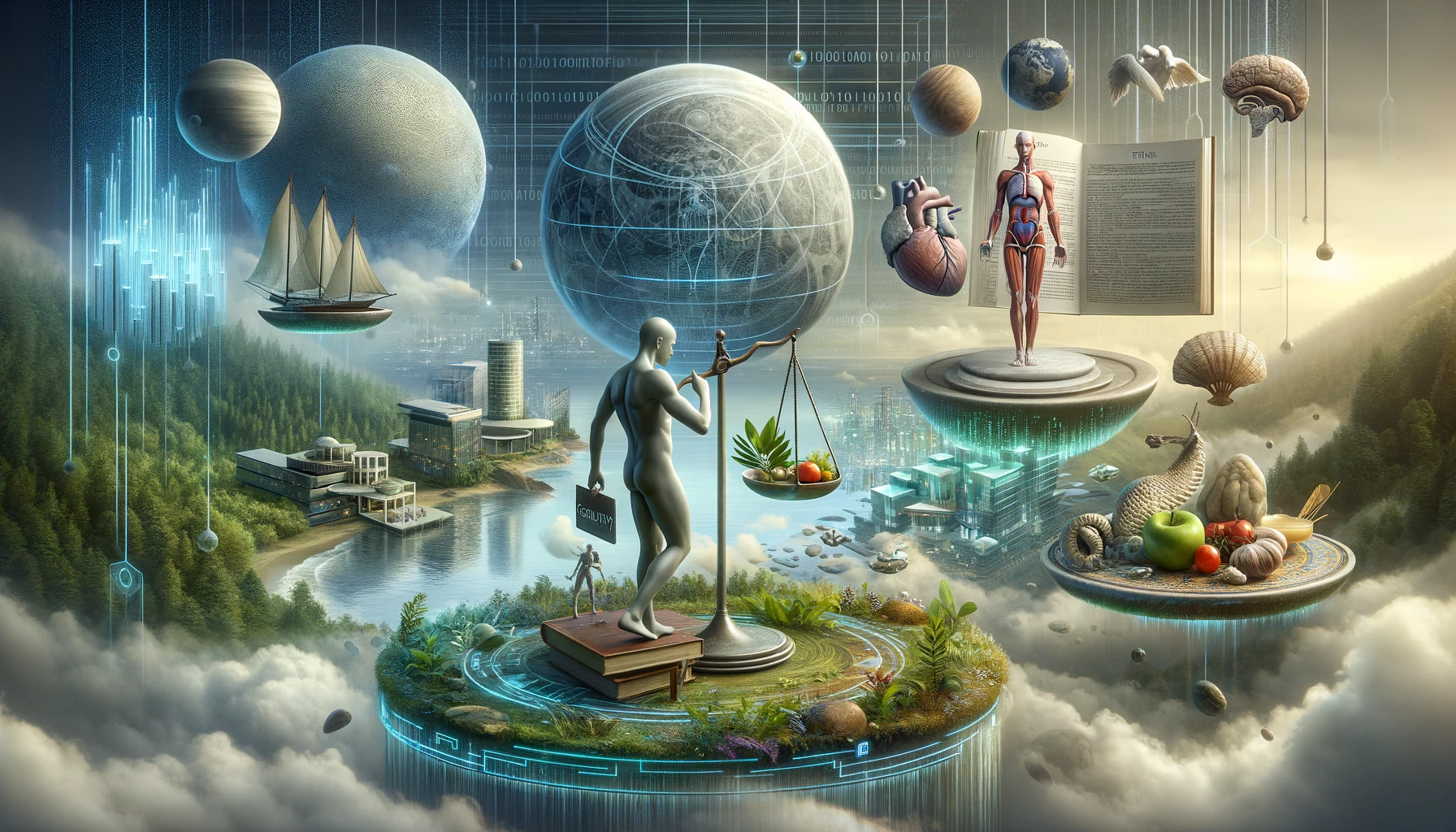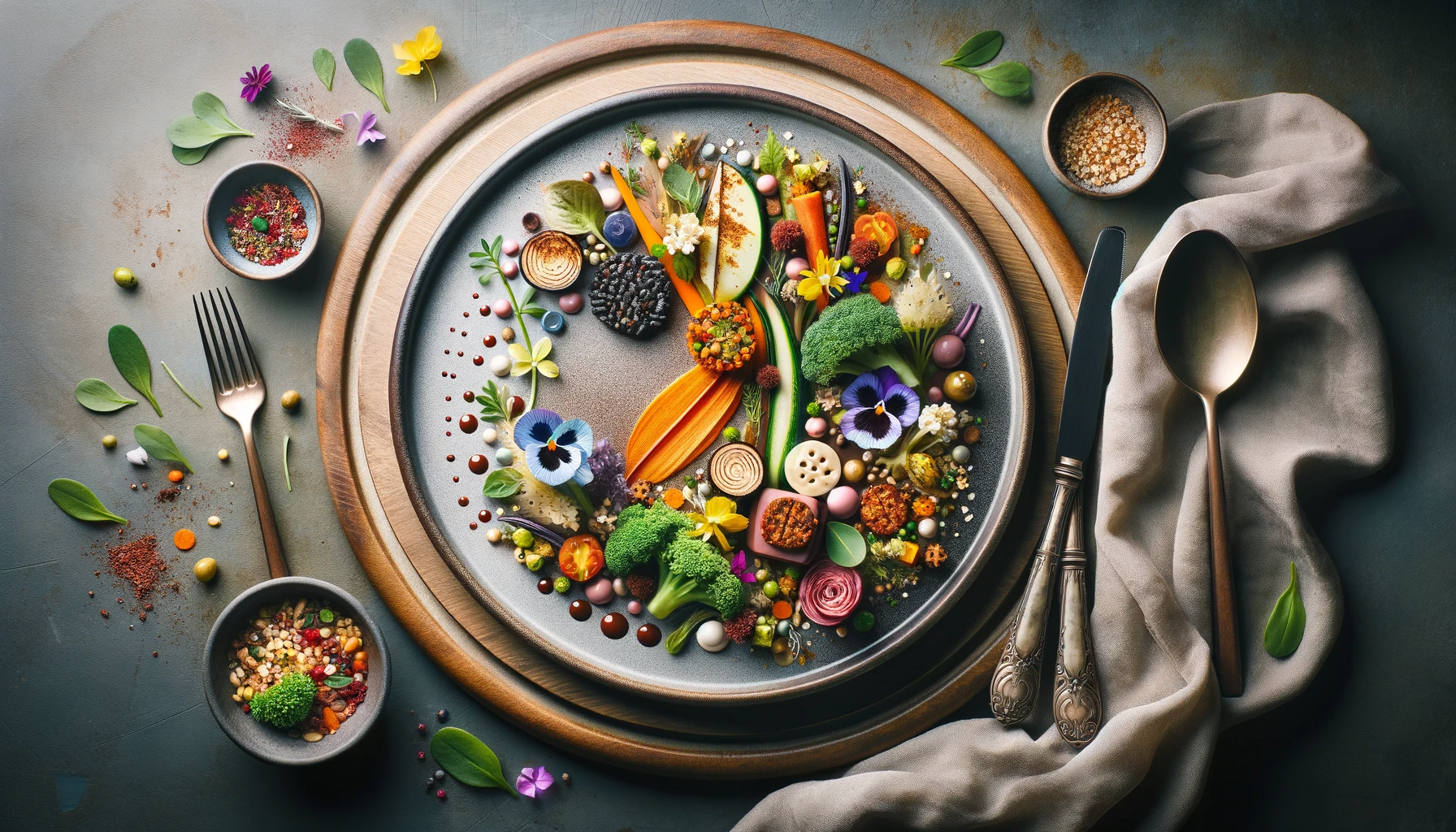"Balancing Creativity and Ethics: The Evolving Landscape of AI Image Generation."
In the ever-evolving domain of AI image generation, particularly with the latest advancements in ChatGPT's Dalle-4 and Google's Gemini, the landscape of visual expression is undergoing a seismic shift. This intersection where creator and creation blend has given rise to a new era in digital artistry, brimming with possibilities yet anchored in a framework of ethical and societal values.
The introduction of strict ethical guidelines in AI image creation is a testament to the importance of aligning technological innovation with moral responsibility. These guidelines prohibit the production of images depicting real individuals, copyrighted characters, offensive or inappropriate content, identifiable text or elements, and copyrighted logos or trademarks. Such measures are vital in maintaining the integrity of AI technology and ensuring it serves the greater societal good.
Particularly significant is the stance against offensive and inappropriate content, encompassing a broad spectrum from explicit images to hate speech and discrimination. This policy aims to foster a safe, respectful environment for all users. Similarly, understanding and avoiding harmful stereotypes requires a nuanced approach that considers historical contexts, cultural sensitivity, and the impact of stereotypes, regardless of intent.
In practical terms, these guidelines influence the types of images AI can produce, ensuring that the content is diverse, respectful, and contextually sensitive. Whether it's avoiding harmful themes or balancing creativity with responsibility, AI's approach to image generation is governed by a commitment to ethical standards and inclusivity.
Amidst these guidelines, AI's capabilities in image generation are expansive. To illustrate, here are ten types of images that AI can create, each with a specific prompt, demonstrating the balance between practical utility and creative expression:
Practical Image Types:
Educational Illustrations
Prompt: "Create an image depicting the solar system with accurate planet positions and labels for a science textbook."
Architectural Renderings
Prompt: "Generate a 3D rendering of a sustainable, modern office building set in an urban environment."
Fashion Design Sketches
Prompt: "Illustrate a collection of eco-friendly, urban-inspired clothing designs for a fashion catalog."
Medical Diagrams
Prompt: "Create a detailed, anatomically correct illustration of the human heart for a medical educational resource."
Culinary Presentations
Prompt: "Design an image of a gourmet vegan meal, artistically plated, for a cookbook cover."
Creative Image Types:
Fantasy Landscapes
Prompt: "Generate an image of a mystical forest with glowing plants and a waterfall under a starlit sky."
Science Fiction Cityscapes
Prompt: "Create a futuristic cityscape with hovering cars, towering skyscrapers, and neon lights for a sci-fi story."
Surreal Art Creations
Prompt: "Illustrate a surreal scene where the ocean merges with the sky, and fish swim among the clouds."
Historical Reimaginings
Prompt: "Depict a scene from ancient Rome with a modern twist, blending historical architecture with contemporary technology."
Mythical Creature Designs
Prompt: "Design an image of a mythical creature, a blend of a dragon and a phoenix, in a mystical landscape."
These examples underscore the versatility and depth of AI in image generation, from practical, educational tools to imaginative, creative artworks. They reflect the potential of AI to not only push the frontiers of creativity but also to do so within the boundaries of responsible and ethical use. This journey of innovation, carefully navigated through ethical considerations, highlights the power of AI as a tool for both practical application and creative exploration, ensuring that it aligns with and respects societal values and standards.

